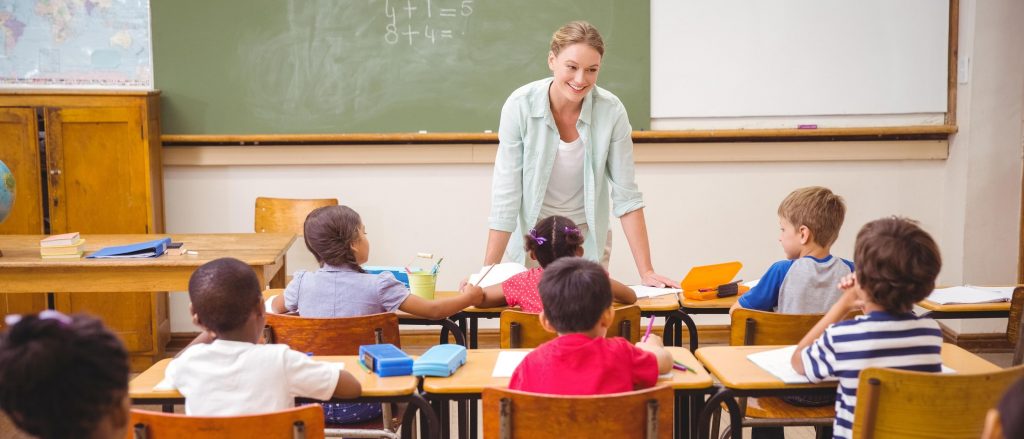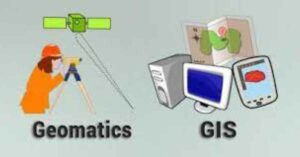
Here one can find notes regarding the subject School Community and Teacher. This subject is very vast in its scope. But it is very useful for the students of B.Ed, M.Ed or Teacher Education Students. For more notes of the subjects CLICK HERE
Importance of a School Community
A school community serves as the foundation for effective education. It brings together teachers, students, parents, and administrators to create a supportive and inclusive environment. Here are some key reasons why a strong school community is vital:
Building Strong Relationships
A cohesive school community fosters strong relationships between teachers, students, and parents. When students feel connected to their teachers and peers, they are more likely to engage actively in the learning process. Teachers who establish positive relationships with their students create a safe and supportive space for academic and personal growth.
Promoting Collaboration and Support
In a thriving school community, collaboration is encouraged among all stakeholders. Teachers, students, and parents work together to achieve common goals, share resources, and support each other. Collaboration instills a sense of belonging and collective responsibility, which leads to better educational outcomes.
Enhancing Student Engagement
Engaged students are more motivated and enthusiastic about learning. A strong school community plays a crucial role in creating an environment that sparks curiosity and encourages active participation. Through various initiatives, such as extracurricular activities, clubs, and community events, students have ample opportunities to explore their interests and develop a passion for learning.
The Role of Teachers in a School Community
Teachers are at the heart of any school community. They have a significant impact on shaping the learning experiences of their students. Here are some key roles that teachers play in fostering an engaging learning environment:
Facilitating Learning Experiences
Teachers design and implement engaging lesson plans that cater to the diverse needs of their students. They utilize various teaching strategies, such as project-based learning, hands-on activities, and technology integration, to make the learning process interactive and meaningful. By adapting their teaching methods to accommodate different learning styles, teachers ensure that all students can actively participate and succeed.
Nurturing Emotional Well-being
Teachers not only focus on academic growth but also prioritize the emotional well-being of their students. They create a supportive and inclusive classroom environment where students feel safe expressing their thoughts and emotions. By promoting empathy, respect, and kindness, teachers help students develop positive social skills and emotional resilience.
Encouraging Parent Involvement
Teachers actively involve parents in the education of their children. They maintain open lines of communication, provide regular updates on student progress, and engage parents in school activities and decision-making processes. When parents are involved in their child’s education, students experience increased motivation, higher self-esteem, and improved academic performance.
Strategies for Creating a Positive Learning Environment
Creating a positive learning environment requires deliberate efforts from both teachers and the school community. Here are some strategies that can contribute to the development of such an environment:
Establishing Clear Expectations
Teachers set clear expectations for behavior and academic performance, creating a structured and orderly classroom environment. When students understand the rules and guidelines, they feel secure and can focus on their learning goals.
Encouraging Open Communication
Effective communication is essential for a strong school community. Teachers establish open lines of communication with students, parents, and colleagues, ensuring transparency and fostering trust. Active listening and regular feedback help address concerns and build stronger relationships.
Incorporating Innovative Teaching Methods
Teachers incorporate innovative teaching methods to keep students engaged and excited about learning. By using technology, hands-on activities, and real-world connections, teachers make lessons relevant and applicable. This approach sparks students’ curiosity and encourages critical thinking skills.
Benefits of a Strong School Community
A strong school community offers numerous benefits for students, teachers, and parents alike. Some of the key advantages include:
Academic Excellence
When students feel supported and connected to their school community, they are more likely to achieve academic excellence. Collaborative learning environments, personalized instruction, and ample resources contribute to improved student performance and higher graduation rates.
Emotional Support and Well-being
A strong school community promotes emotional well-being and resilience among students. Through open communication channels and supportive relationships, students feel safe to express their thoughts and emotions. This environment reduces stress and anxiety, fostering a positive mindset for learning.
Holistic Development
A well-established school community nurtures the holistic development of students. By incorporating extracurricular activities, sports, and arts, students have the opportunity to explore their interests and talents beyond academics. This comprehensive approach prepares students for a well-rounded future.
Conclusion
In conclusion, a strong school community and dedicated teachers are essential for creating an engaging learning environment. By building strong relationships, promoting collaboration, and nurturing student well-being, schools can foster an atmosphere where students thrive academically and personally. When teachers, students, parents, and administrators work together, the potential for educational success becomes limitless.
FAQs
- What is the significance of parent involvement in a school community?
Parent involvement in a school community enhances student outcomes by fostering a partnership between home and school. It improves communication, increases student motivation, and creates a supportive network for academic and personal growth.
- How can teachers foster student engagement in the learning process?
Teachers can foster student engagement by incorporating interactive teaching methods, such as project-based learning, using technology, and providing real-world connections. Creating a safe and inclusive classroom environment also encourages active participation.
- What are some innovative teaching methods that can be used to create an engaging learning environment?
Some innovative teaching methods include flipped classrooms, gamification, blended learning, and inquiry-based learning. These approaches leverage technology and hands-on experiences to make learning more interactive and meaningful.
- How does a strong school community contribute to academic excellence?
A strong school community provides resources, support, and collaboration opportunities that contribute to improved student performance and academic outcomes. It fosters a sense of belonging and collective responsibility, creating an environment where students can thrive.
- What role do teachers play in nurturing students’ emotional well-being?
Teachers play a crucial role in nurturing students’ emotional well-being by creating a safe and supportive classroom environment. They promote empathy, respect, and kindness, and encourage open communication, which helps students develop social-emotional skills and resilience.
Shaheen Forces Academy
Subscribe our YouTube Channel Here





